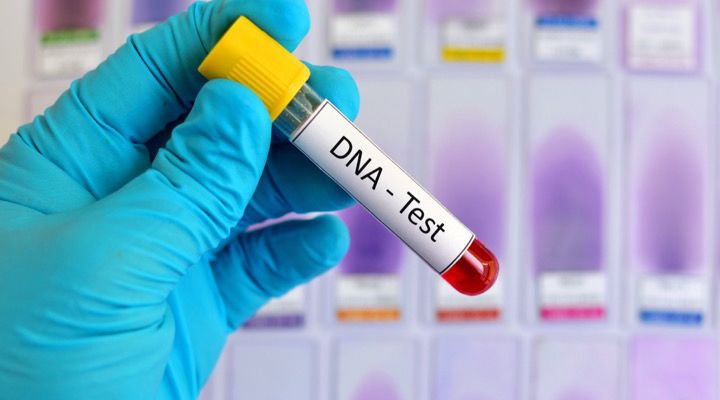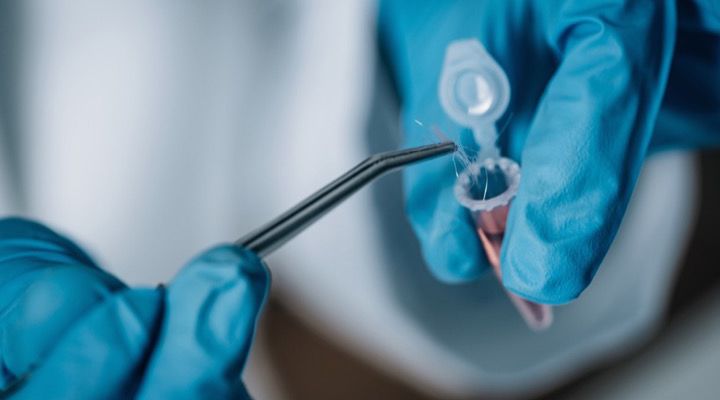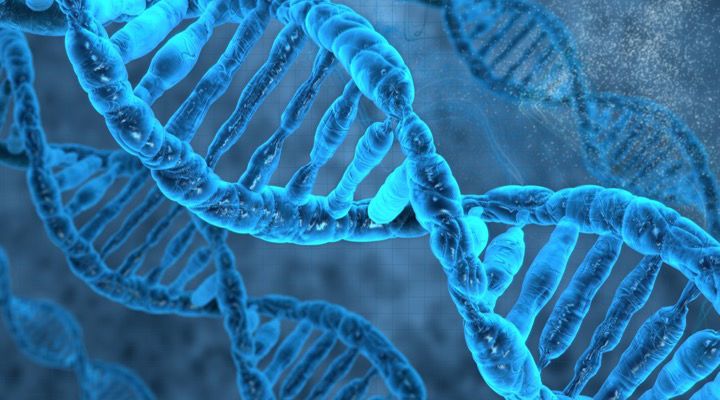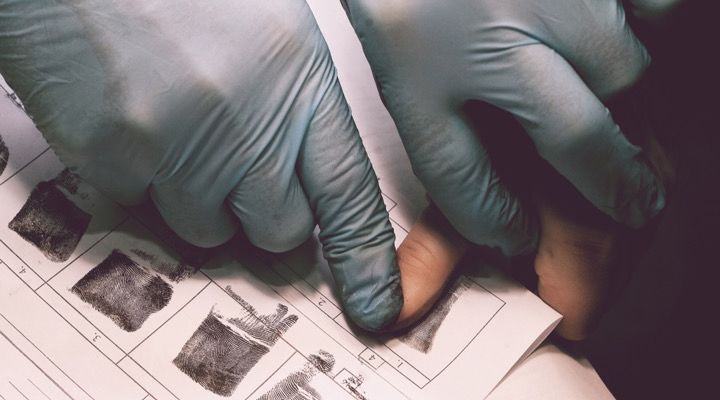In 1984, a teenager from New Hampshire disappeared without a trace. Then, for three decades, her body went unidentified.
But after a tip about her disappearance came in 2017, her body was recovered one year later. Yet, still, mysteries about her disappearance remain…
Missing Teen
According to the New Hampshire Attorney General’s Office, 17-year-old Elizabeth “Liz” Lamotte went missing in November 1984. Lamotte had left a Youth Development Center to head to Gill Stadium and never returned.
Disappearance
At the time of her disappearance, Lamotte was described as being 5-feet-5-inches tall and weighing between 110 and 125 pounds. According to WMUR, officials said she had brown hair and hazel eyes the last time anyone saw her. Anyone with tips was asked to call the Tennessee Bureau of Investigation.
Green County, Tennessee
Then, less than one year later, on April 14, 1985, the partially decomposed body of a young female was found along Interstate 81 in Green County, Tennessee. “That would have been about six months after she was last seen in Manchester, New Hampshire,” Senior Assistant Attorney General Susan Morrell said.
18th Birthday
One year later, on what would have been her 18th birthday, Lamotte’s case was discharged from the Youth Development Center, even though she had not returned to the facility. Despite finding a body, they couldn’t determine if it was Lamotte’s.
Autopsy
Investigators said the death of the body was ruled as a homicide and that an autopsy revealed that she died of blunt force trauma to the head about two to three weeks before her body decomposed. Since Tennessee officials were unable to determine the identity of the victim, she was listed as Jane Doe.
Second Barrel
Fifteen years later, a state police sergeant newly assigned to the case discovered a second barrel, contained the remains of two more girls, believed to be three and four years old. Authorities believed that the girls were killed between the late 1970s and early 1980s.
DNA Test
DNA tests also revealed that the woman and two of the girls were related. “I’m sure the family has had questions all these years about what they could’ve done, what could be done to help find her, and now they know it wasn’t long after she went missing that she was killed,” said Morrell.
Sample
Then, in 2006, investigators submitted a sample of the victim’s remains to the University of North Texas Center for Human Identification. This allowed the center to develop a DNA profile for the victim, which was entered into the Combined Data DNA Index System. But it wasn’t until November 2018 that investigators confirmed that Lamotte was a match to the homicide victim’s DNA profile.
Unidentified Persons Case
Lamotte was not reported as missing to Manchester police until 2017, after a January 2017 press conference held by the Attorney General’s Office. During the press conference, the New Hampshire State Police Cold Case Unit and the Manchester Police Department spoke out regarding the Allenstown unidentified persons cases.
Suspect
During that press conference, officials released the name of Bob Evans, who was a suspect in the murders. They also mentioned the name of a woman who was thought to be his wife, Elizabeth Evans. Both were living in Manchester in the early 1980s, according to the attorney general’s statement, obtained by the Boston Globe.
Identification
When authorities asked the public’s help in identifying Elizabeth Evans, one tipster told investigators that Lamotte could be the Elizabeth Evans that police were trying to identify. Manchester police detectives then spoke with Youth Development Center personnel, along with Lamotte’s family and friends, who all confirmed her disappearance.
DNA Samples
Police obtained DNA samples from two of her brothers, which were submitted to NamUS, a national information clearinghouse and resource center for missing, unidentified and unclaimed person cases across the United States.
Mitochondrial DNA
Those DNA samples resulted in the match to the remains found in Tennessee. The DNA was tested using mitochondrial DNA, which is maternally inherited, according to New Hampshire officials. The likelihood of a match was determined to be 194.4 million times more likely than the unidentified remains, according to the New Hampshire Attorney General’s Office.
Open Investigation
Although officials determined that Lamotte and Elizabeth Evans were, in fact, not the same person, the investigations into both Lamotte’s disappearance and the death and the identity of Elizabeth Evans are ongoing. Lamotte’s family has been notified that their daughter’s remains were positively identified.
Identification
“I think they ’re overwhelmed,” Morrell said. “I think they’re a bit in shock because nobody really expects to get those answers.” Regarding the Allenstown unidentified persons cases, authorities completed DNA testing in July 2017 confirming the man known as Robert “Bob” Evans is actually Terry Peder Rasmussen.
Rasmussen
Rasmussen was a serial killer who was born in Colorado and resided in Phoenix. He was enlisted in the US Navy only to be discharged. He then moved to Hawaii. There he worked at his parents’ shoe shop and married his wife.
Separation
In 1972, his daughter was born and Rasmussen and his wife separated temporarily. One year later, Rasmussen’s wife and children left him. Then in 1974, he arrived unexpectedly to visit his wife and children in Arizona. That was the last time his family ever saw him.
Kidnapping
Four years later, his whereabouts continued to be unknown while Rasmussen worked at Waumbec Mills as a head electrician, “Bob Evans.” In 1980, Evans was arrested for issuing a bad check and also for theft of services. Then, in 1981, a woman named Denise Beaudin went missing along with her 6-month-old daughter and her boyfriend Bob Evans.
DUI
Rasmussen moved to California and was arrested for a DUI, and that same year, in November 1985, the first barrel containing a body was found in Allenstown, New Hampshire. He continued to go by other names, like Gordon Jenson and Curtis Kimball.
Prison
A string of events continued with Rasmussen dying in prison in December 2010. The investigation on him continued after his death, and in 2016, DNA confirmed he was the biological father of the unidentified little girl found dead in Allenstown in 2000. He was also responsible for the disappearance of Denise Beaudin.




















